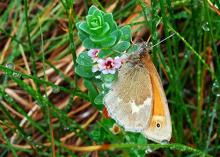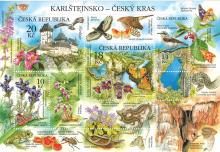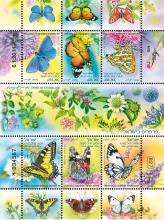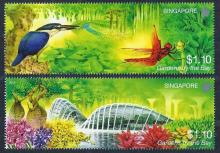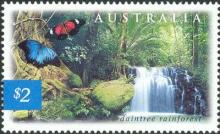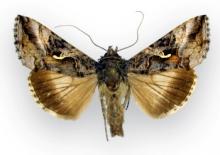Endangered Maritime Ringlet Shows Continued Decline in Eastern Canada
Coenonympha nipisiquit, also known as the maritime ringlet, lives in just 10 salt marshes in Quebec and New Brunswick, Canada, and was first listed as endangered in New Brunswick in 1996. Between 2011 and 2015, visual counts were conducted on a daily basis during the butterfly’s flight period in four of those marshes, and the resulting data revealed declining numbers overall. “The maritime ringlet is still at risk of extirpation from its natural range, despite conservation efforts and past introductions of the species into unoccupied salt marshes.

